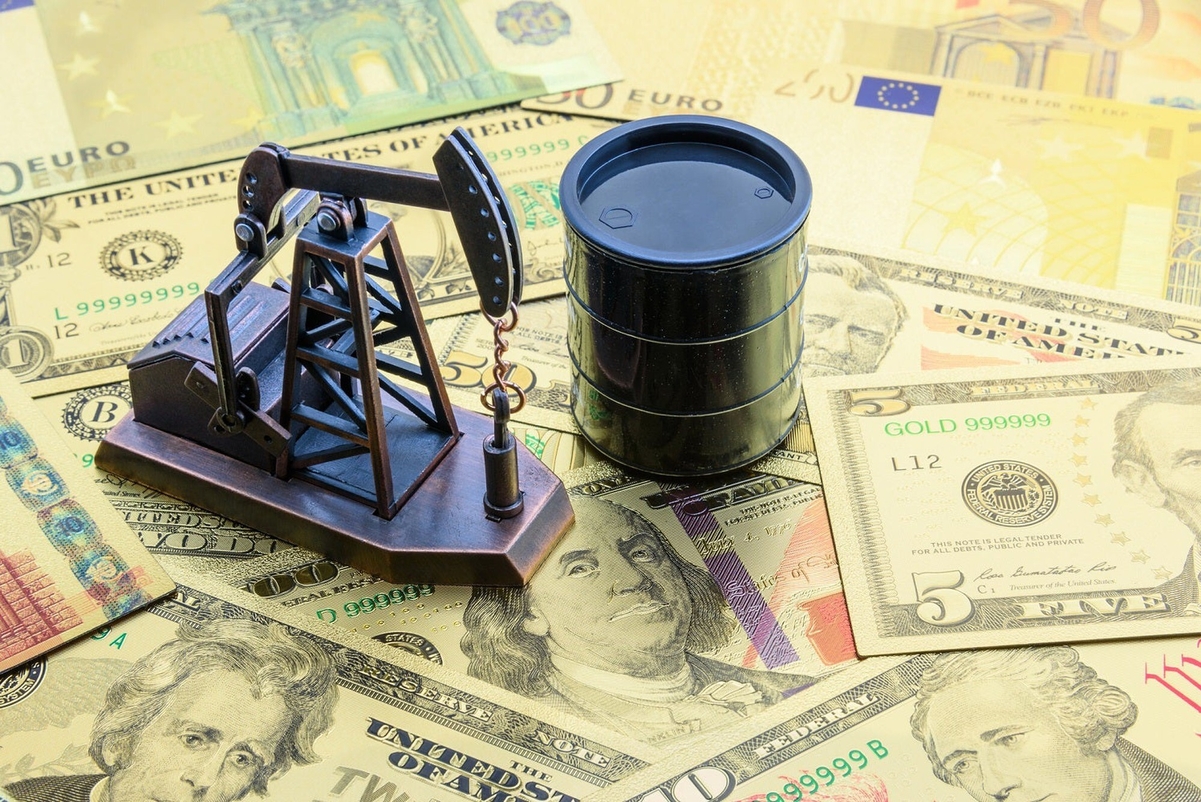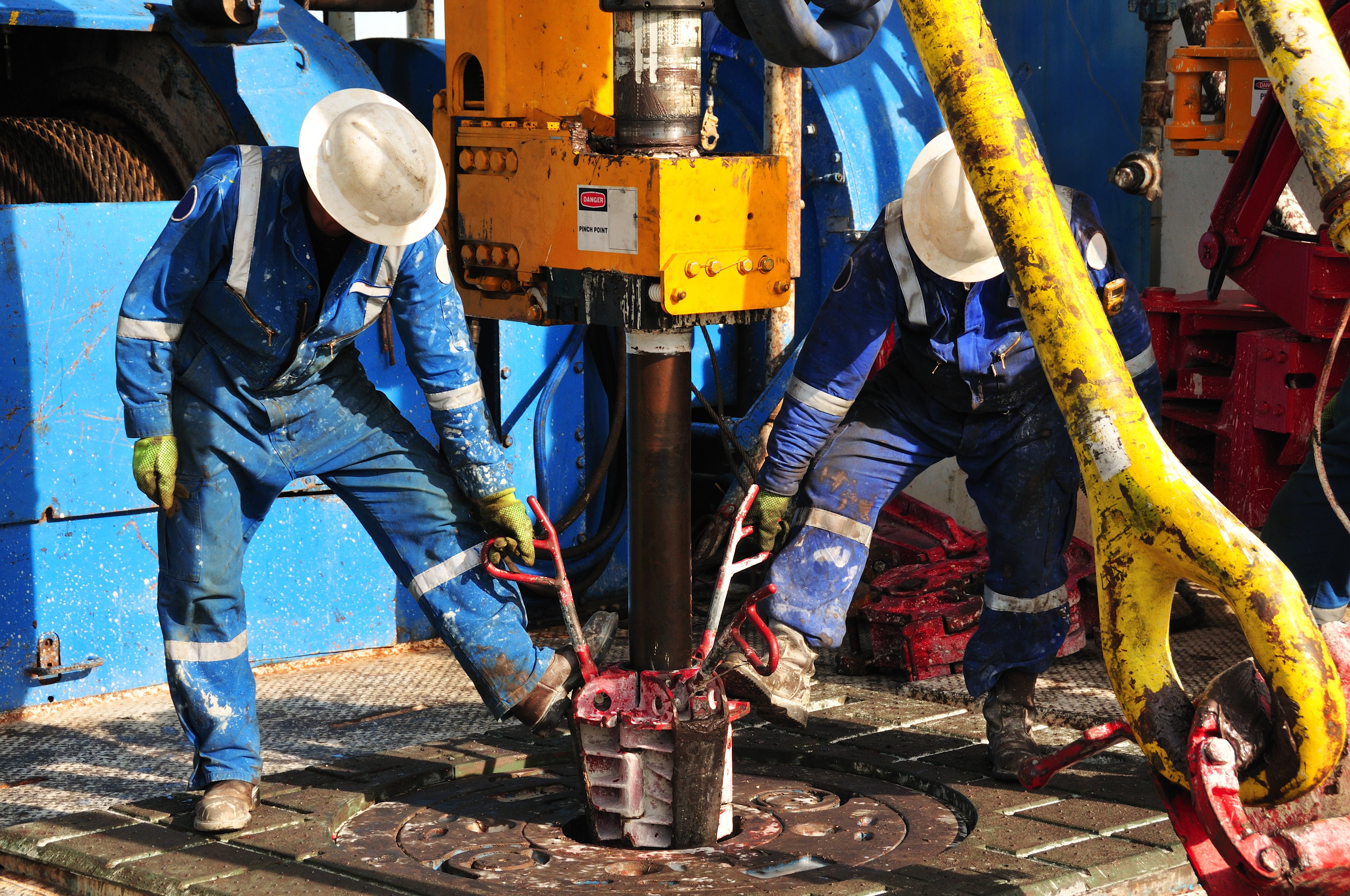Once a predominantly natural gas-focused company, Devon Energy (DVN +0.34%) has successfully transformed into an energy producer with a much more balanced production mix. The company's fourth-quarter financial performance highlighted this continued transition toward liquids-led growth, which is boosting margins and cash flow.

Fourth-quarter highlights
Devon reported a fourth-quarter profit of $207 million, or $0.51 per share, compared with a net loss of $357 million, or $0.89 per share, in the year-earlier period. The dramatic improvement in earnings was due largely to higher production and higher realized prices for oil and gas, while the year-earlier period's loss reflected an $896 million writedown on its natural gas assets, as a result of low gas prices.
The company's average production increased by 2% year over year to 693,000 barrels of oil equivalent per day, while its average realized prices excluding hedging gains or losses jumped by 9% for oil and 1% for natural gas. While this modest overall production increase may not seem too exciting, the company's growth in liquids volumes was truly impressive.
In the fourth quarter, companywide oil production surged 17% year over year to a record quarterly average of 177,000 barrels per day, exceeding the top end of the company's guidance range. Meanwhile, U.S. oil production growth was even more impressive, surging 32% year over year on the back of record quarterly volumes from the company's operations in West Texas' Permian Basin.
It's all about liquids
This is exactly what investors want to see, because it shows that the company's transition toward liquids-focused growth is shifting into high gear. In recent years, Devon has made major strides to improve its production mix by ramping up activity in oil-rich plays like the Permian Basin, acquiring oilier assets in Texas' Eagle Ford shale, and completely stopping its dry gas drilling program.
Greater emphasis on liquids-rich drilling boosted the liquids share of the company's total production to 44% in the fourth quarter, up from 39% a year ago. It also had a hugely positive impact on Devon's cash flow and margins, with fourth-quarter operating cash flow surging 26% year over year and cash margin per barrel of oil equivalent rising 15%.
The shift toward liquids-focused growth is a common theme among U.S.-based oil and gas producers. For instance, Chesapeake Energy (CHK +0.00%), another traditionally gas-focused company now concentrating on boosting oil production, expects 28%-34% oil production growth for the full year 2013, while Apache (APA +1.30%) grew its North American onshore liquids production by 34% last year.
Meanwhile, Anadarko (APC +0.00%) reported 25% year-over-year growth in onshore U.S. oil volumes last year, even as its total sales volumes increased by only 7%. But when it comes to growing oil production, perhaps no other midmajor can compete with EOG Resources (EOG 0.66%), whose stellar drilling program in the Eagle Ford boosted third-quarter oil and condensate production by a whopping 39%.
What's next for Devon?
Over the past few years, Devon has successfully transitioned from a predominantly gas-focused producer to one focused on liquids-rich opportunities. It has high-graded its portfolio by divesting non-core, gassier assets and acquiring oilier ones. Going forward, investors can expect this trend of liquids-oriented growth to accelerate as the company develops its newly acquired Eagle Ford assets.
This year, Devon plans to allocate the largest portions of its $4.8 billion-to-$5.2 billion capital budget toward oil-rich plays, with $1.5 billion earmarked for the Permian and $1.1 set aside for the Eagle Ford. These assets should drive 20% year-over-year growth in oil production, while contributing to higher companywide margins and cash flow.
With thousands of low-risk undrilled locations between the Eagle Ford and Permian Basin, Devon has plenty of room to grow production and improve its returns dramatically in the years ahead. With shares trading at just 9.6 times forward earnings -- a significant discount to its peer group -- now might be a great time to invest in the company.








